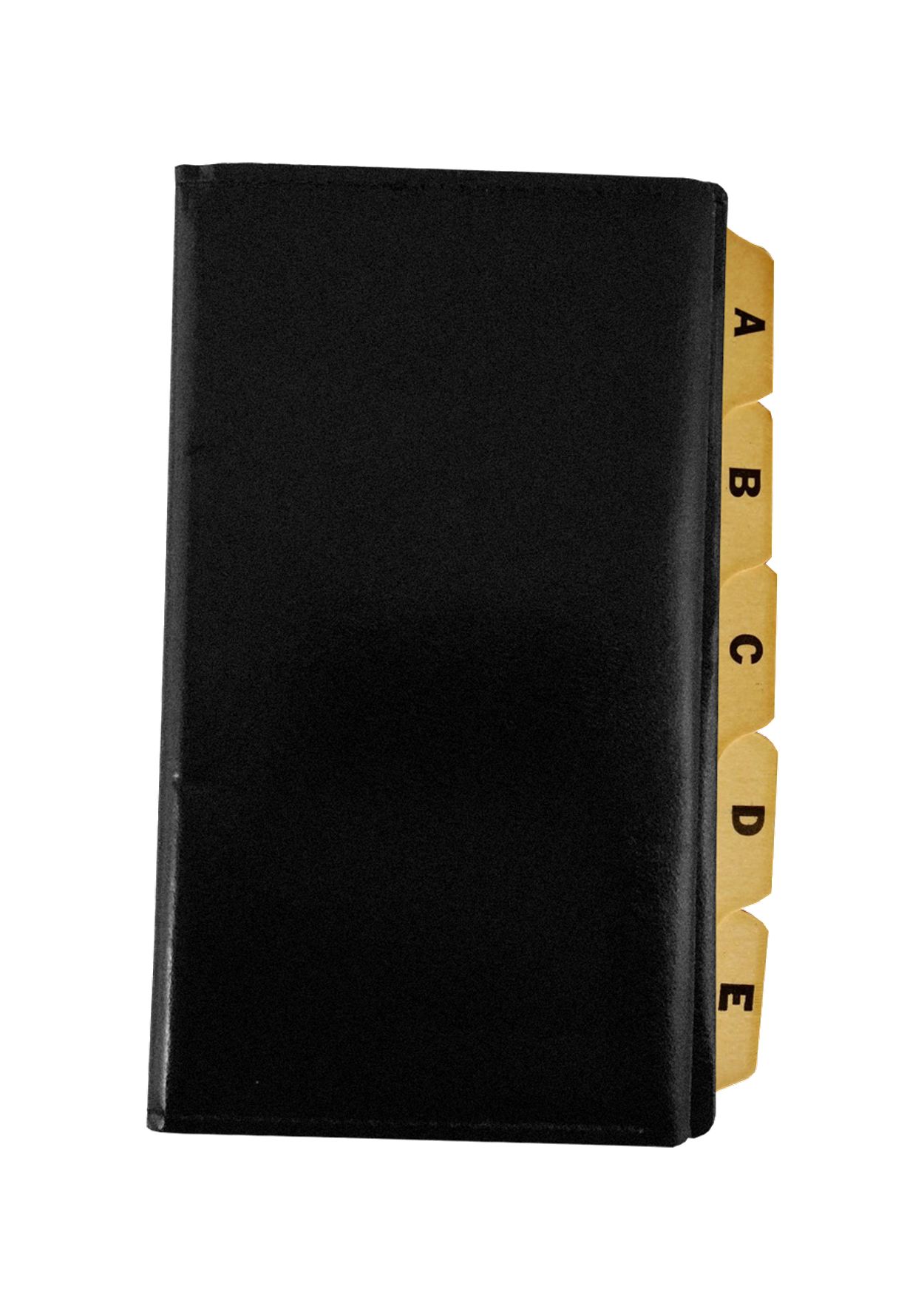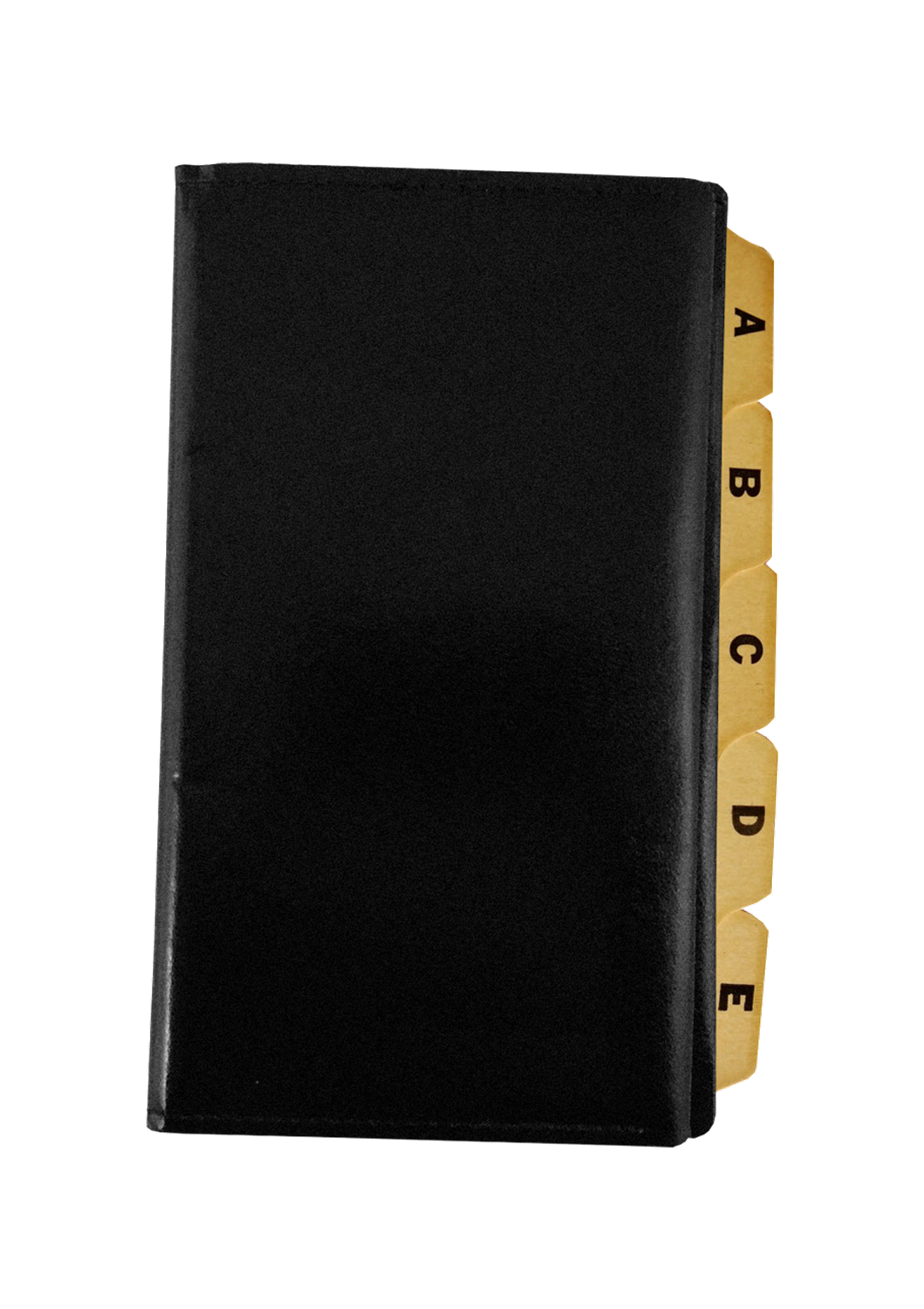Book of Names
On Yom Kippur, learning to let go




How far is it from A to B?
My mother has lived for 91 years, named and renamed by her mother and father and husband, logging into her address book new neighbors and nieces and nephews, penciling in their husbands and wives and children. When she remembers, she crosses out and erases the names that bad feelings and death have smudged from her lists. She asks me on a weekend visit to help her with what she can no longer manage on her own: to distill what’s here into a whole; to write out clearly what remains close to her heart.
I open the book, the alphabet beginning and ending and beginning again in clumps of tangled pages. Old mimeographed lists of synagogue committees and reading groups are folded in. My sister, ANITA, is spelled out in block letters at the start, then my mother’s friend BATYA, trailing a decade of moves and address changes in different ink colors. Last week Anita sent my mother, in a wheelchair for the first time, a Rosh Hashana dinner—freshly baked challah and, in a little Tupperware container, homemade gefilte fish with sharp horseradish, her favorite—and my mother reiterates her delight when I read aloud my sister’s name. “Is Batya still alive?” I push on, looking up to read my mother’s face. My mother shrugs, no longer sure; they had a falling out a while ago. The minutes sag as we swerve back and forth between the first two letters of the alphabet, A–B on the first cardboard tab that it seems we’ll never be able to turn.
It’s a bit like parachuting into someone else’s head, released over unfamiliar territory without a map, slowly sinking through light, aiming for distantly shadowed ground. Under C, for “cell phone,” my mother has gathered the mobile phone numbers of all her children and grandchildren—and, on a separate line, “corned beef.” Under P she has listed “popcorn.” She’s unsure how we should record the name of her accountant: under A? Or should we move it to T (for taxes) or to I (for income tax), or possibly K (for Karen). “I don’t know Karen’s last name,” my mother responds, peevishly, when I ask. I can feel my own blood beating too quickly.
My mother’s life has grown small in the wake of illness and injury, and she grips the pages like a wobbling anchor, as though they fix her connection to the outside world. “You’ll finish this tomorrow?” she presses as I put on my coat at the end of the long day, and I don’t hold back my sigh: “Unless I kill myself first!” Luckily she can’t hear a lot of what I say, and I am already nodding my head, regretting my impatience.
My mother’s heart is still going, but every day it gives up a little more: weakening, slowing, permitting a leak to breach its smooth muscle wall. I press my hand on my own chest when I hear this news from my mother’s doctor—hoping for a private clue from the inside. Placing an anxious finger over the vein threading in blue the soft interior of my wrist, I’m relieved to feel faint throbbing. To the far reaches of her body my mother struggles to pump freshly red blood, to feed her ever more confused brain and the rich marrow of the bones that prevent her packed and sloshing body from collapsing like a leather sack. The heart is the world in its own way, and it telegraphs to the surface its messages and its signs, the body’s strengths and weaknesses, and what it knows.
On my mental family calendar now: my mother’s last Chanukah candle lighting; my mother’s last Passover Seder; my mother’s last Yom Kippur. Shuttling back and forth between my sister’s house, where the kids and their news—the acquisition of girlfriends and boyfriends and advanced degrees; career decisions, travel from continent to continent—fill the air, to my mother’s room, where so much moves sluggishly, requires from me daily emotional recalibration. At Anita’s house a robin’s nest clings to the sunny side of the house, its delicate, impossibly blue eggs easily visible from my niece’s bedroom window; in my mother’s crowded room, the sound of oxygen pumping makes audible her rough pushing, breath by breath, against the limits of her body. “How was today?” I ask my mother. Time slows like her heartbeat as she strains to hear my voice through the phone and to grasp what I’m saying, and then to find an answer to this impossible question. “OK,” she finally tells me, “nothing special.”
A migrating bird reads the magnetic fields of the earth like a compass: creating its own internal map, marking its route to where it needs to go in order to survive the changing seasons. Thrown off course by experimenting scientists, birds will right themselves midair, bank sharply over water or land, then recover their original path toward home. The heart of the ruby-throated hummingbird takes up nearly 2.5% of its total body weight—five times the relative size of the human heart—enabling it to beat over 1,000 times per second, powering flight 900 miles across the Gulf of Mexico and the Caribbean. But that kind of energy can only last about five years. My mother can no longer remember the names of the neighbors and the family members filling her address book, can no longer walk to breakfast without becoming winded. I ask her if she is frightened. No, she tells me, she accepts what is ahead, but to feel her life steadily shrink is, she says, “disheartening.”
When Moses’ brother, Aaron, struck the water with his staff, the great Nile and the other rivers of Pharaoh’s kingdom were turned to blood, leaving fish suddenly swimming in redness and dying in it, imposing throughout the land an unquenchable thirst. At the Passover Seder, we spill blood again, dipping our fingertips into sticky, sweet wine, sinking flesh into symbol, sounding aloud the 10 warning plagues. Blood’s alarming peal, the Hebrew word dom, intoned; then the insects and the infections and the darkness. And the final horror, the slaying of the firstborn, meant to break Pharaoh—and to break his people’s hearts.
My mother’s doctor holds her stethoscope against my mother’s blouse, closing her eyes to hear everything she can, then opening them to meet my mother’s anxious look. My mother’s body has logged millions of heartbeats: pounded life through her veins when she competed in citywide ball games as a kid; when she called down the block for her own children to come home for the dinner that she’d cooked; when she dug gardens and harvested what she had grown in them; when she bicycled Chicago’s lakeside parks and played tennis doubles and joined in folk dancing on a ship’s deck headed down the Volga toward Saint Petersburg. But what, really, can her heart say now? My mother can no longer manage all the buttons and zippers to dress herself; is no longer able to find her underpants, their nylon worn to a silky smoothness thinner than skin, or her socks. Her doctor tries to explain that if my mother’s deep cough doesn’t resolve in another day she will have to send her to the hospital. “Because I can’t take care of myself?” my mother blurts out, afraid and ashamed; her doctor emphatically shakes her head, “No, no, that’s not why.” My mother shuts her eyes tight to still the world’s dizziness.
“Kol Nidre commands the acknowledgment of time,” the rabbi introduces Yom Kippur’s initial prayer, announcing the most sacred hours—sunset to sunset—on the Jewish calendar. In my mother’s room, I’ve set up her TV so we can watch together as the service is streamed live from Manhattan to Chicago. My mother raises her head from her chest and hums softly as a cello begins to play on-screen. In more than 90 years of living, how many times has my mother listened to the aching chant that follows, salvaging what she can from time’s rawness?
At this season of the year we look back, and then forward: hoping for signs, trying to accept the fact of change ahead that we cannot know. Who will live and who will die? Who in their time, and who not their time? Who by fire and who by water? The ancient poem provokes us as we recite it, placing before us the inevitability of hurt. This year I feel a tug at my throat, feel my mother struggling for breath, as I join her and the voices of the televised congregation: Who by strangling and who by stoning?
I toss the pages of my mother’s old address book into the trash, letter by letter. “She’s gone,” my mother tells me. Or: “Don’t bother. I’ll never call her again.” Sometimes my mother pauses to ask, using the name that she gave to me, “Do you remember her, Joanne? Do you remember going to their house in California?” Hours pass in the small room, the heat turned up so that my mother won’t become chilled, the walls closing in as the same names appear over and over because my mother has listed them again and again rather than searching for what she needs among the tangled alphabets. My mother’s Book of Life: Muriel Levy, Lorna Mae Israel—each name accumulating new addresses and phone numbers, trailing the scratched-out names of husbands. I continue, no longer resisting what she is asking of me. At the very edge of loss and of mystery, my mother pauses to catch her breath, and we take turns calling out the names, letting go one by one.
Excerpted from Every Last Breath: A Memoir of Two Illnesses by Joanne Jacobson, forthcoming from University of Utah Press.. Copyright © 2020 by the author. Courtesy of University of Utah Press. All rights reserved.
Joanne Jacobson is Professor Emeritus of English at Yeshiva University, and the author of Every Last Breath: A Memoir of Two Illnesses.